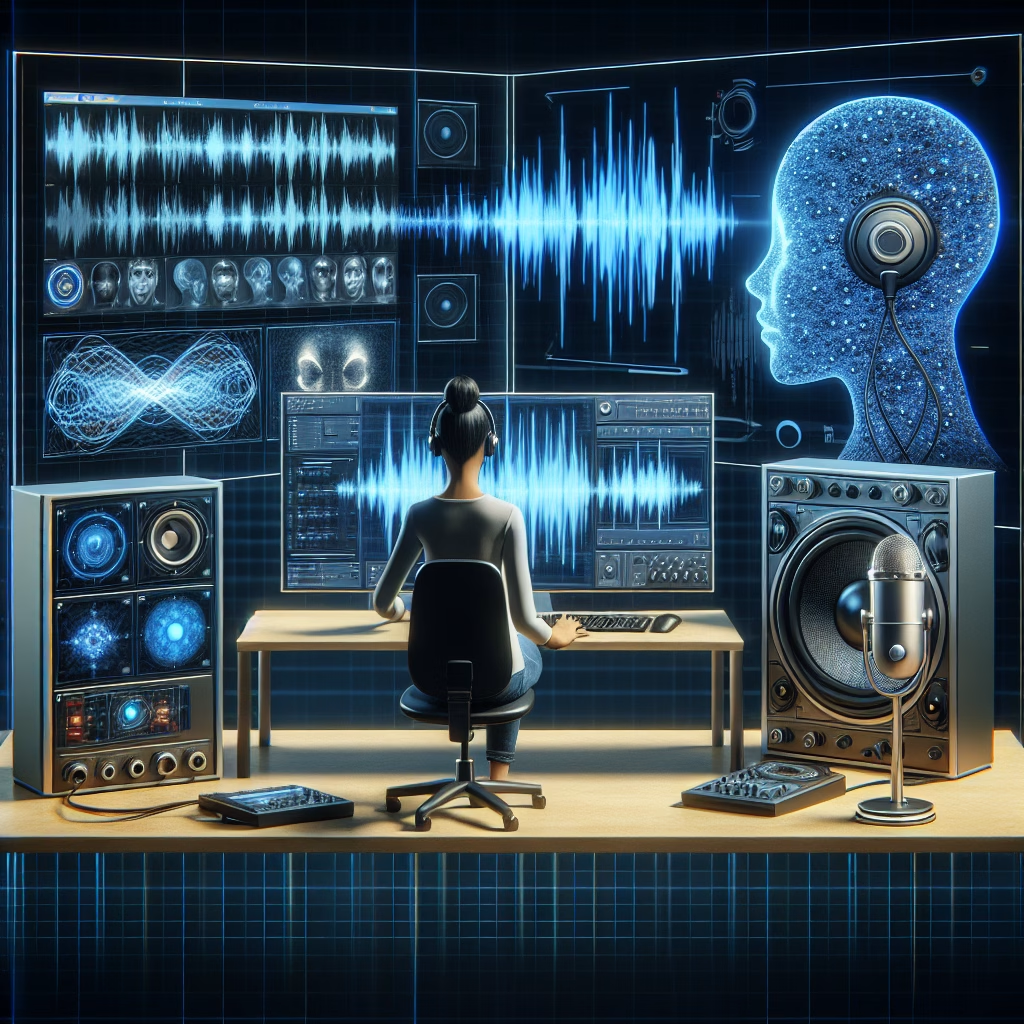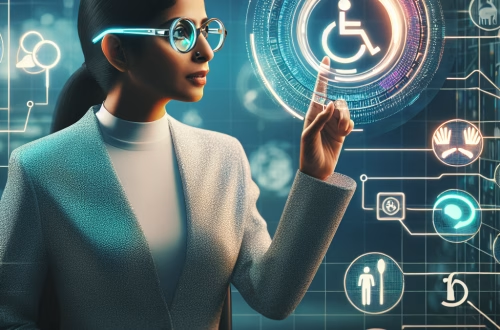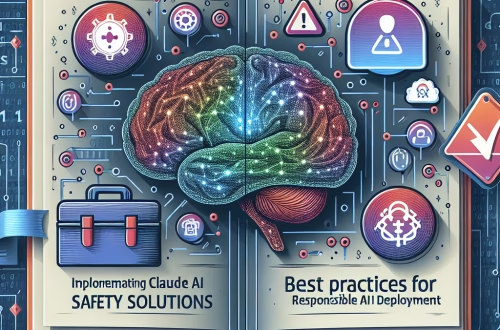How to generate AI voiceovers with Eleven Labs
Summary:
This article explains how to create AI-powered voiceovers using Eleven Labs, a leading platform for realistic text-to-speech synthesis. Novices will learn the step-by-step process of converting text into lifelike audio, including selecting voice styles, adjusting emotional tones, and exporting finished files. Eleven Labs stands out for its natural-sounding voices, multilingual support, and intuitive interface. Understanding this tool matters because it democratizes voice production for content creators, educators, and marketers who need professional-quality audio without studio costs.
What This Means for You:
- Reduce production costs dramatically: Create voiceovers in minutes instead of hiring voice actors. Perfect for explainer videos, tutorials, or podcast intros where budget constraints exist.
- Enhance creative possibilities: Experiment with 120+ voice personas and language options. Action tip: Use the “Voice Design” feature to create unique synthetic voices matching your brand identity.
- Scale content creation efficiently: Generate multilingual versions of your scripts simultaneously. Action tip: Upload CSV files for batch processing when localizing e-learning courses.
- Ethical considerations ahead: As synthetic media improves, regulations around voice cloning and disclosure requirements will likely tighten. Always obtain permissions when replicating real voices and label AI-generated content transparently.
How to generate AI voiceovers with Eleven Labs
The Technical Workflow
Getting started requires three components: Eleven Labs account (free tier available), text script, and output format preferences. The platform uses proprietary deep learning models trained on diverse speech datasets to achieve human-like intonation through prosody prediction algorithms.
Step-by-Step Generation Process
1. Script Preparation: Input text directly or upload TXT/PDF files. Maintain proper punctuation for natural pauses.
2. Voice Selection: Choose from premade voices categorized by age/gender/accent or clone voices (requires consent).
3. Style Customization: Adjust stability, clarity exaggeration, and speaker boost sliders to control emotional delivery.
4. Advanced Settings: Enable pronunciation corrections for technical terms using IPA notations.
5. Generation & Export: Render audio in MP3/WAV format at 44.1kHz or higher for broadcast quality.
Strengths and Use Cases
Eleven Labs excels at emotional range – its models capture subtle vocal fry and breath sounds absent in competitors. Audiobook producers report 40% faster production times using its chapter-by-chapter processing. The Instant Voice Cloning feature (requires Pro subscription) creates digital twins from 5-minute voice samples, ideal for restoring damaged historical recordings.
Limitations and Workarounds
While supporting 29 languages, tonal languages like Mandarin sometimes misplace stress patterns. Workaround: Insert SSML tags for pitch control. The free version includes watermarking; commercial projects require $22/month Creator tier. Outputs occasionally exhibit artefacting in sibilant sounds (“s”, “sh”) – reduce the “Clarity” slider to minimize distortion.
Optimization Strategies
For YouTube videos, pair generated audio with speech-to-text alignment tools to create accurate captions. Narration-intensive projects benefit from the API integration, allowing direct implementation into editing pipelines through Python SDK. Always perform A/B testing: human listeners detect synthetic voices primarily through inconsistent plosives (“p”, “t” sounds), which can be smoothed via post-processing.
People Also Ask About:
- Is Eleven Labs free for commercial use?
The free tier includes limited voice generations with watermarking. Commercial rights require paid subscriptions starting at $5/month for basic usage. - How accurate is voice cloning?
Professional voice cloning achieves ~90% similarity with training samples. Success depends on audio quality – clean recordings without background noise yield best results. - Can it handle technical terminology?
Yes, through custom pronunciation dictionaries. Users can manually define IPA transcriptions for specialized vocabulary, essential for medical or engineering content. - What’s the maximum text length per generation?
Standard processing allows 5,000 characters per request. For longer formats, split text into segments using the “Paragraph Marker” feature to maintain consistent tonality.
Expert Opinion:
Synthetic voice technology introduces significant copyright challenges, particularly regarding derivative works. Most commercial implementations require clear disclosure to avoid deception. Future iterations will likely incorporate blockchain-based verification to trace synthetic media origins. While current models struggle with spontaneous corrections (ums, stutters), next-gen architectures promise improvisational capabilities rivaling human performers.
Extra Information:
- Eleven Labs Voice Design Documentation Details custom voice parameter adjustments for nuanced vocal characteristics
- Text-to-Speech Synthesis Technical Report Research paper explaining linguistic feature extraction in modern TTS systems
- FTC Voice Cloning Guidelines Regulatory framework for ethical AI voice implementation in US markets
Related Key Terms:
- Professional voice cloning for audiobook production tools
- Multilingual AI narration software Eleven Labs alternatives
- Emotion-sensitive text-to-speech API integration guides
- AI voiceover localization services for global marketing
- Speech synthesis markup language (SSML) optimization techniques
- Ethical AI voice attribution compliance standards Europe
- High-fidelity neural text-to-speech enterprise solutions
Check out our AI Model Comparison Tool here: AI Model Comparison Tool
*Featured image provided by Pixabay





